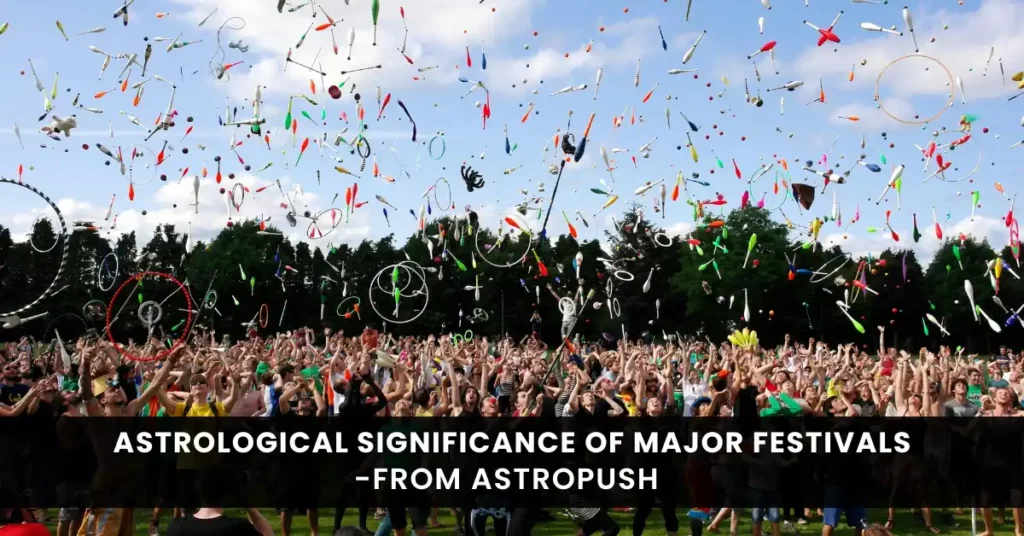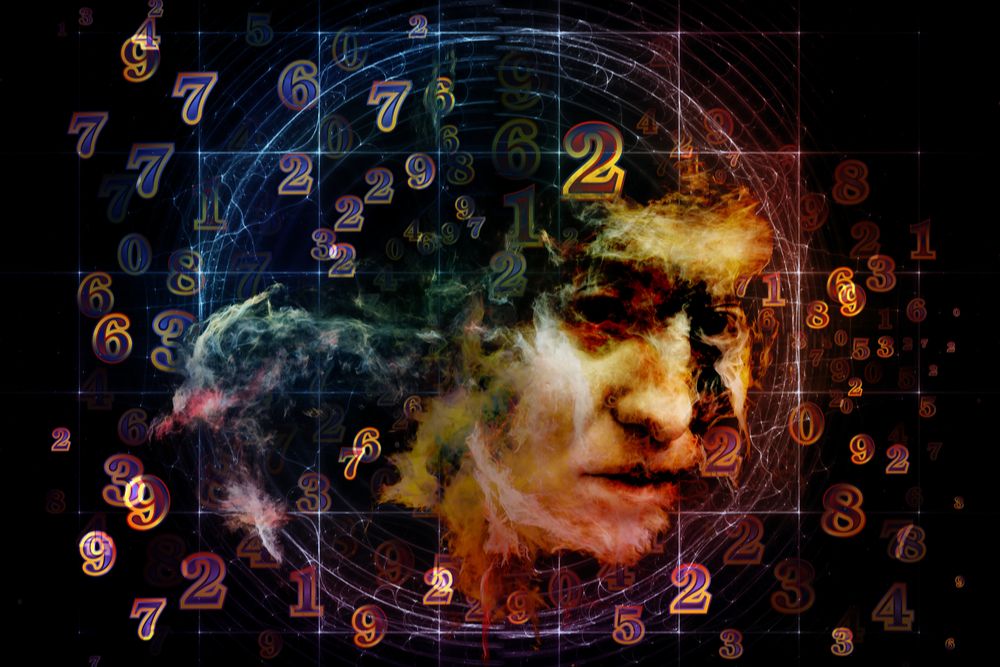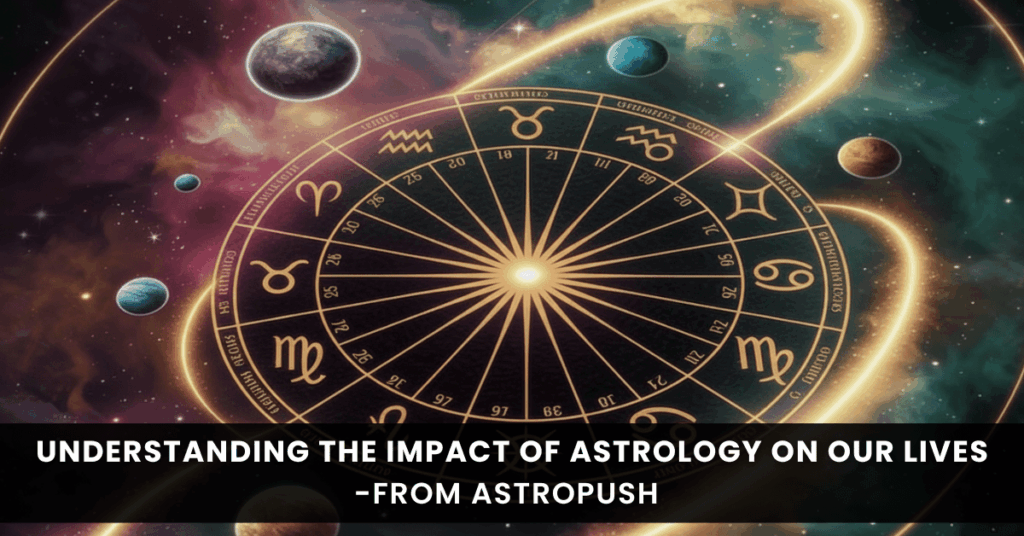People everywhere celebrate festivals, and these celebrations mean more than just having a good time. They are connected to stars and special times based on astrology. Let’s look into why some famous festivals happen when they do, uncovering the interesting link between space events and human traditions.
Chinese New Year:
- Time: Between January 21 and February 20 in the lunar calendar.
- Astrological Significance: Each year is linked to an animal in the Chinese zodiac. The festival marks the lunar New Year, showing a new start with the first new moon symbolizing new beginnings.
Diwali (Deepavali):
- Time: Celebrated in October or November.
- Astrological Significance: Diwali happens during the new moon, showing the triumph of light over darkness. This matches the belief in getting rid of bad things during the new moon.
Easter:
- Time: Changes but is usually between March 22 and April 25.
- Astrological Significance: Easter celebrates new life in spring, fitting with the astrological theme of renewal and life coming back.
Holi:
- Time: Usually in March.
- Astrological Significance: Celebrated during the full moon, Holi shows the victory of good over bad. The bright colors match the lively energy of the full moon.
Hanukkah:
- Time: Usually in December.
- Astrological Significance: Celebrated around the new moon, Hanukkah shows hope and miracles during dark nights, fitting with the moon’s phases and the idea of light.
Ramadan:
- Time: Follows the Islamic lunar calendar.
- Astrological Significance: Ramadan begins with the new moon, with the moon’s phases deciding when this special month starts and ends.
Christmas:
- Time: December 25th.
- Astrological Significance: Celebrated around the winter solstice, Christmas marks the birth of Jesus during the darkest night, emphasizing the idea of light returning.
Navratri:
- Time: Usually in September or October.
- Astrological Significance: Spanning nine nights, Navratri matches with the fall equinox, showing a balance between light and darkness.
Buddha Purnima:
- Time: April or May (full moon).
- Astrological Significance: Remembering Buddha’s birth, enlightenment, and death, Buddha Purnima happens during the full moon, showing enlightenment and spiritual brightness.
Thanksgiving:
- Time: Fourth Thursday in November.
- Astrological Significance: Thanksgiving, around the sun entering Sagittarius, fits with being grateful and celebrating abundance during the harvest season.
Ganesh Chaturthi:
- Time: August or September.
- Astrological Significance: Celebrated during the waxing moon, Ganesh Chaturthi shows new beginnings and success, matching the positive energy of this moon phase.
Eid al-Fitr:
- Time: Follows the Islamic lunar calendar.
- Astrological Significance: Eid al-Fitr starts with the new moon, showing the end of Ramadan. The crescent moon is important in Islamic traditions, guiding when special events happen.
Kumbh Mela:
- Time: Every 12 years.
- Astrological Significance: The timing is decided by a mix of astrological factors, including the positions of the sun, moon, and Jupiter, believed to make the pilgrimage more spiritually beneficial.
Lunar New Year (Tet):
- Time: January 21 to February 20.
- Astrological Significance: Like Chinese New Year, Tet marks the start of the lunar new year, symbolizing new beginnings and positive energy with the new moon.
Pongal/Makar Sankranti:
- Time: Mid-January.
- Astrological Significance: Celebrated during the sun moving into Capricorn, Pongal and Makar Sankranti show the harvest season and the sun’s movement northward.
Chuseok (Korean Harvest Festival):
- Time: Usually in September.
- Astrological Significance: Celebrated during the full moon, Chuseok involves honoring ancestors and being thankful for nature’s gifts, matching with lunar and seasonal cycles.
Raksha Bandhan:
- Time: August.
- Astrological Significance: Celebrated during the full moon, Raksha Bandhan shows the strong bond and love between siblings, fitting with the positive vibes of the full moon.
Midsummer (Litha):
- Time: June 21st (Northern Hemisphere).
- Astrological Significance: Celebrated during the summer solstice, Midsummer fits with the longest day and shortest night, connecting to the sun’s energy and life being at its peak.
Bonalu:
- Time: July or August.
- Astrological Significance: Associated with the goddess Mahakali, Bonalu happens during the lunar month of Ashada, matching with the belief in seeking blessings for protection and prosperity.
Harvest Moon Festival:
- Time: September 15th (East Asia).
- Astrological Significance: Celebrated during the full moon, the Harvest Moon Festival shows the bountiful harvest season, emphasizing gratitude for the year’s crops and the cyclical nature of farming.
Janmashtami:
- Time: Usually in August.
- Astrological Significance: Celebrating Lord Krishna’s birth, Janmashtami is observed during the waning moon, believed to enhance spiritual growth and self-reflection.
Lohri:
- Time: January 13th.
- Astrological Significance: Celebrated during the winter solstice, Lohri marks the end of winter and the start of longer days. Bonfires are lit to seek blessings for a good harvest.
Baisakhi:
- Time: April 13th or 14th.
- Astrological Significance: Celebrated during the sun’s entry into Aries, Baisakhi marks the Sikh New Year and the harvest festival, symbolizing a time of growth and prosperity.
Vesak (Buddha Day):
- Time: April or May (full moon).
- Astrological Significance: Vesak commemorates Buddha’s birth, enlightenment, and death. Celebrated during the full moon, it symbolizes the brightness of spiritual awakening.
Dragon Boat Festival:
- Time: Fifth day of the fifth lunar month (June).
- Astrological Significance: Celebrated during the solar term of “summer begins,” the Dragon Boat Festival honors Qu Yuan and involves dragon boat races, seeking protection and good fortune.
Durga Puja:
- Time: Usually in September or October.
- Astrological Significance: Durga Puja marks the victory of Goddess Durga over the demon Mahishasura. Celebrated during the waxing moon, it symbolizes the triumph of good over evil.
Magh Bihu:
- Time: Mid-January.
- Astrological Significance: Celebrated during the sun’s entry into Capricorn, Magh Bihu is an Assamese festival marking the end of the harvest season with feasting and traditional rituals.
Onam:
- Time: Usually in August or September.
- Astrological Significance: Onam, celebrated during the star Thiruvonam, marks the homecoming of King Mahabali and is associated with the harvest and festive feasts.
Dussehra (Vijayadashami):
- Time: Usually in September or October.
- Astrological Significance: Dussehra symbolizes the victory of Lord Rama over the demon Ravana. Celebrated during the waxing moon, it signifies the triumph of righteousness.
Tihar (Deepawali):
- Time: Usually in October or November.
- Astrological Significance: Tihar is a Hindu festival celebrated during the new moon. Each day is dedicated to honoring different animals, symbolizing the bond between humans and nature.
Chhath Puja:
- Time: October or November.
- Astrological Significance: Chhath Puja is dedicated to the worship of the Sun God during the sixth day of the lunar month, emphasizing gratitude for life-sustaining energy.
Conclusion
Exploring the astrological significance of global festivals reveals a deeper connection to spiritual events. The timing of these celebrations, guided by astrological cycles, adds a profound dimension to our understanding of universal themes embedded in these enduring traditions. Each festival emerges as a unique expression of the delicate connection between heaven and earth, enriching the global variety of cultural and spiritual celebrations.





